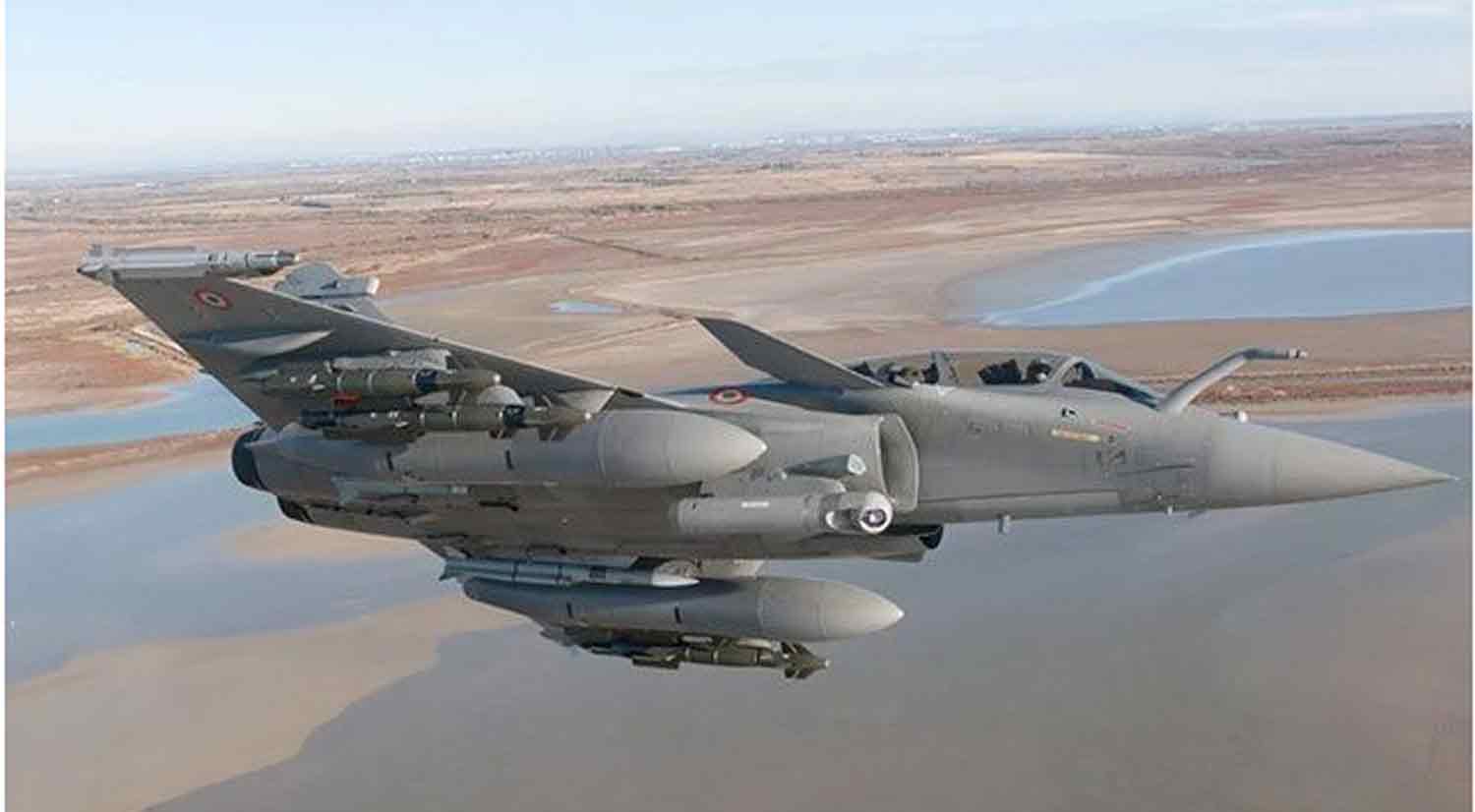On March 18, 2025, a Russian Mil Mi-28 attack helicopter crashed during a training exercise in Leningrad Oblast, resulting in the deaths of both crew members aboard. The incident took place in a remote area, ensuring that there were no casualties or damage to the surrounding environment, as reported by the Russian Defense Ministry.
According to the ministry, the helicopter was unarmed at the time of the accident, which occurred well away from populated regions.
Emergency response teams were sent to the crash site, and an investigative commission from the Russian Aerospace Forces has been assigned to ascertain the cause of the incident, although no official details have been released thus far. This loss represents a significant blow to Russia’s military aviation during what was intended to be a routine training operation.
The crash occurred in a field near the village of Shugovitsy, approximately 100 miles northwest of St. Petersburg, as confirmed by local authorities and reported by Russian media outlets such as TASS. Footage shared on X depicted smoke billowing from the wreckage, with a fire igniting shortly after the helicopter struck the ground.
The Defense Ministry clarified that the flight was part of a scheduled training mission rather than a combat operation, differentiating it from losses associated with active conflicts.
A spokesperson remarked, “The helicopter was engaged in a planned exercise when it crashed,” noting that initial recovery efforts were concentrated on securing the area and recovering the crew’s remains. Information regarding the pilots’ identities or their levels of experience has not been released, adhering to standard protocols for such situations.
The Mil Mi-28, referred to by its NATO designation “Havoc,” is a key component of Russia’s attack helicopter fleet. Developed by the Mil Moscow Helicopter Plant, it was introduced into service in 2009 and is designed to effectively target armored vehicles, low-flying aircraft, and ground forces with high accuracy.
Fitted with a 30mm Shipunov 2A42 autocannon, anti-tank guided missiles such as the Ataka, and unguided rocket pods, this helicopter stands in competition with the American AH-64 Apache. Capable of reaching speeds up to 186 miles per hour and covering a distance of approximately 300 miles, the Mi-28 is designed for operations in all weather conditions, both day and night. It boasts advanced avionics and features a two-seat cockpit accommodating a pilot and a weapons operator.
Russia currently operates around 120 of these helicopters, although the exact count fluctuates based on maintenance and deployment needs, according to estimates from the International Institute for Strategic Studies.
Investigators are currently examining the wreckage to determine the cause of the incident. The Defense Ministry has indicated that a technical malfunction is a primary suspect, although pilot error and environmental factors are still under consideration.
A source within the Russian Aerospace Forces, speaking to the state-owned RIA Novosti agency, suggested that initial evaluations may point to a possible failure in the helicopter’s twin Klimov VK-2500 engines, though this has yet to be confirmed.
The Mi-28 has a documented history of mechanical problems, including a crash in 2015 during an air show in Ryazan Oblast that resulted in the death of one pilot, attributed to a hydraulic system failure. This incident led to a temporary grounding of the fleet and subsequent upgrades, yet sporadic accidents have continued to raise concerns about its reliability.
This recent crash adds to a series of aviation losses for Russia in recent years, many linked to its military operations in Ukraine. Data from Oryx, an open-source intelligence initiative, indicates that at least 16 Mi-28s have been destroyed or rendered irreparable since February 2022, primarily due to engagements with Ukrainian forces armed with portable anti-aircraft systems like the Stinger.
The incident in Leningrad Oblast is notable as a peacetime loss, reminiscent of a mishap on January 1 of this year, when another Mi-28 was lost under ambiguous circumstances during a domestic operation. Analysts point out that while the attrition experienced during wartime has impacted Russia’s helicopter fleet, training accidents present a distinct challenge—ensuring operational readiness with aging equipment and a demanding operational pace.
The timing of this crash has drawn attention to Russia’s military capabilities. Recently, Defense Minister Sergei Shoigu revealed intentions to ramp up the production of military equipment, including helicopters, to support operations in Ukraine and enhance domestic defense.
During a visit to a facility in Ulan-Ude, Shoigu stated that the production of rotary-wing aircraft had increased by 15% in 2024, although he did not provide details on specific models such as the Mi-28. The ministry has yet to address whether this incident will influence those production plans, but the loss of skilled pilots—a resource that is more difficult to replace than equipment—could hinder efforts to expand flight operations.
Aviation expert Dmitry Popov from the Moscow-based Center for Analysis of Strategies and Technologies remarked to Interfax, “Each incident like this exerts pressure on training programs and maintenance budgets, even if the overall fleet size remains unchanged.”
Leningrad Oblast, a region adjacent to Finland and Estonia, plays a crucial role in Russia’s northwestern military district. Reports indicate that the crash site near Shugovitsy is located within a training corridor commonly utilized by the Aerospace Forces. Local residents reported hearing a loud explosion followed by the sound of sirens as emergency responders arrived, although authorities swiftly secured the area.
Governor Alexander Drozdenko reassured the public through Telegram, emphasizing that there is no danger to civilians and stating, “The situation is under control, and specialists are managing the investigation.” Environmental officials are currently evaluating the potential for contamination from fuel or debris, but initial assessments suggest that the impact was limited due to the site’s remote nature.
In a similar vein, the U.S. military has faced its own training-related incidents involving attack helicopters. In February 2024, an AH-64 Apache crashed during a nighttime exercise in Mississippi, resulting in the deaths of two National Guard pilots. The National Transportation Safety Board later attributed the accident to a mix of poor visibility and equipment malfunction.
These occurrences underscore the inherent dangers associated with operating complex rotary-wing aircraft, even in non-combat situations. Russia’s Mi-28, akin to its American counterparts, undergoes stringent maintenance; however, its service history reveals a higher frequency of accidents in non-combat scenarios—approximately one significant incident annually since 2015, according to data from aviation tracking platform Scramble Magazine.
The helicopter’s function in Russia’s military extends beyond domestic training. Since 2015, the Mi-28 has been extensively deployed in Syria against insurgent forces, receiving accolades for its firepower while facing criticism for its susceptibility to ground fire. In Ukraine, it has encountered stronger resistance, with documented losses attributed to drones and shoulder-fired missiles.
Ukrainian military blogger Andriy Tsaplienko shared on X following the crash, indicating that although the incident was not connected to the ongoing conflict, it nonetheless “diminishes Russia’s capacity to project air power.” While Western officials have largely avoided direct commentary, NATO’s Allied Air Command has noted an increase in Russian air operations near its borders in recent weeks, a trend that remains unchanged by this incident.
The production of the Mi-28 helicopter has been a key focus for Rostec, the state-owned defense conglomerate in Russia that manages Mil’s operations. The latest model, the Mi-28NM, which was unveiled in 2019, features enhanced radar, extended-range missiles, and superior armor. According to a company announcement last month, Rostec delivered 12 of these upgraded helicopters in 2024, with intentions to increase production to 20 per year by 2027.
The exact model of the crashed aircraft—whether it was a standard version or an NM variant—has not been confirmed, as the Defense Ministry has not disclosed serial numbers. If it was an older model, this could highlight the difficulties of maintaining a diverse fleet amid sanctions that restrict access to foreign parts.
Public response on Russian social media has been relatively subdued, with some VKontakte users offering condolences to the families of the pilots, while others have raised concerns about the military’s safety record. Independent media outlets like Meduza, operating from abroad, have noted a perceived rise in training-related accidents, although reliable data is limited due to reporting restrictions within Russia.
The Kremlin has refrained from directly commenting on the incident, delegating the responsibility of managing the narrative to military officials. In the meantime, the results of the investigation, anticipated in the coming weeks, are expected to influence perceptions regarding the reliability of the Mi-28 and impact future procurement strategies.
As the investigation progresses, the focus remains on the human toll. The two crew members add to the increasing number of Russian aviators who have lost their lives in service, a figure that encompasses both combat and routine operations.
Although their deaths are not linked to combat, they highlight the ongoing pressures faced by Russia’s armed forces as they balance domestic responsibilities with external challenges. The wreckage located near Shugovitsy has become a key site for forensic teams, serving as a poignant reminder of the risks involved.
It remains to be seen whether this crash will lead to modifications in training protocols or expedite production schedules; its consequences will likely resonate as Russia strives to meet operational demands while dealing with the realities of an aging fleet. For the moment, the cause of the incident is still unknown, with the final report from the commission expected to provide clarity.
Discover more from Defence Talks | Defense News Hub, Military Updates, Security Insights
Subscribe to get the latest posts sent to your email.





